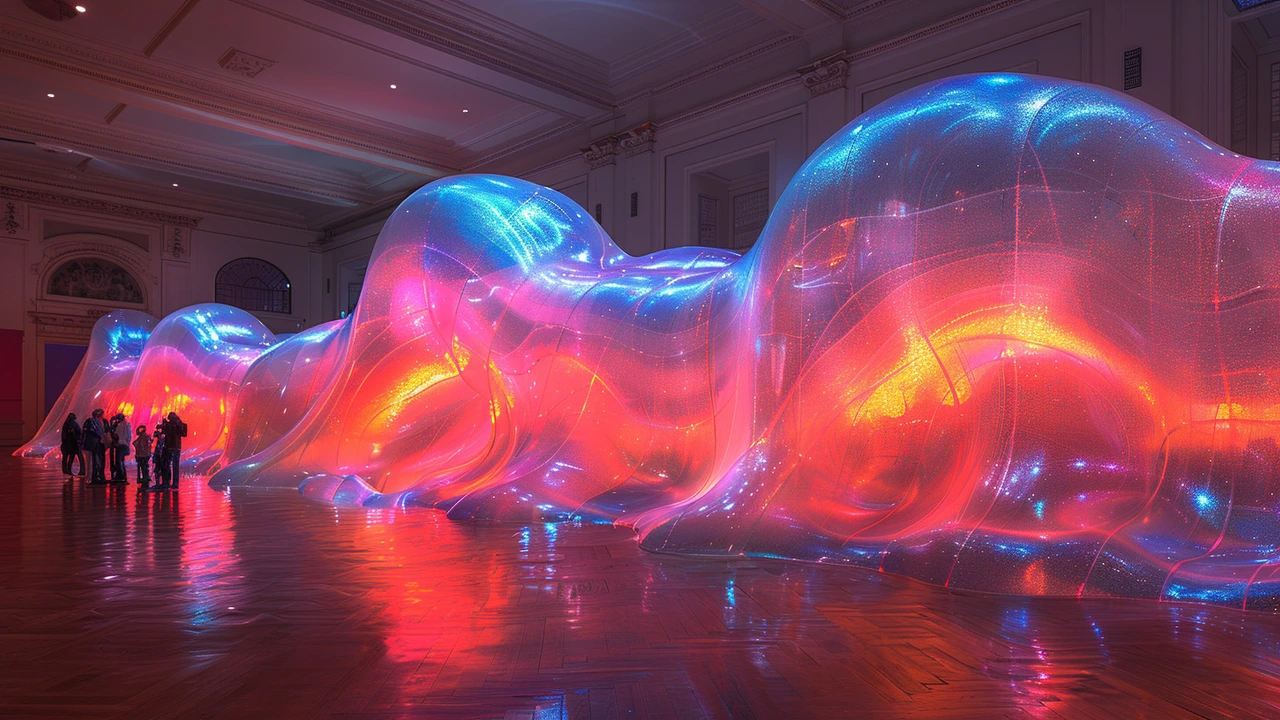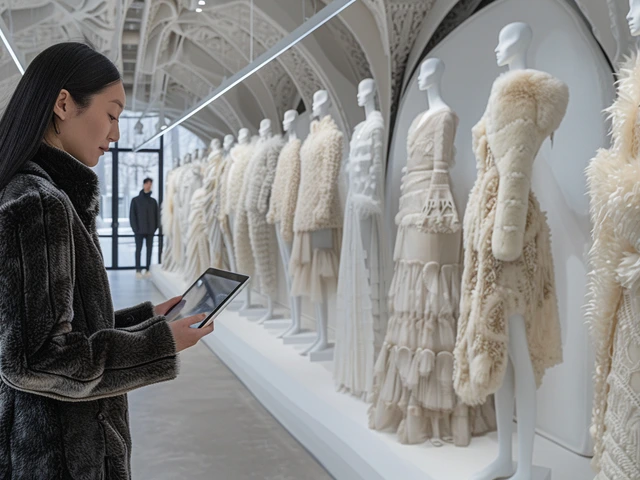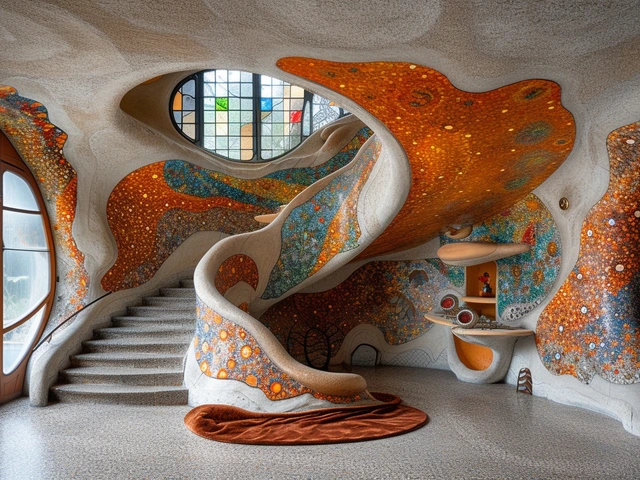Introduction to Kinetic Art
Kinetic Art, a term that sprang to life in the vibrant art scene of the early 20th century, encapsulates the essence of movement in art. Unlike the static masterpieces hanging on museum walls, Kinetic Art invites viewers into a dynamic interaction, where the artwork moves, or seems to move, through mechanical or natural forces. The fascination with motion not only redefines the boundaries of art but also creates a unique bridge between art and the viewer, transforming the passive experience of art appreciation into an engaging exchange.
The Pioneers of Kinetic Art
The roots of Kinetic Art trace back to the masterminds like Marcel Duchamp, whose 1913 piece "Bicycle Wheel" is often heralded as the first Kinetic sculpture. Alongside him, Alexander Calder brought Kinetic Art to the forefront with his mesmerizing mobiles that danced in the air, blurring the lines between sculpture and performance. These pioneers laid the groundwork for a movement that would challenge traditional perceptions and open doors to new exploratory realms within the art world.
Understanding the Mechanics Behind Kinetic Art
Kinetic Art isn't merely about aesthetics; it's deeply rooted in technological and scientific principles. Artists often collaborate with engineers to bring their visions to life, incorporating motors, electronics, and even principles of aerodynamics to create art that moves. This symbiosis between art and science not only enhances the sensory experience but also showcases the potential of interdisciplinary collaboration, pushing the boundaries of what art can achieve.
The Impact of Kinetic Art on Viewer's Perception
The true essence of Kinetic Art lies in its ability to engage viewers on multiple levels. By incorporating motion, artists can evoke emotions, tell stories, and even challenge societal norms. This active engagement encourages viewers to perceive and interpret art in novel ways, enriching their experience and understanding. Kinetic Art turns passive observation into an interactive dialogue, deepening the connection between the viewer and the artwork.
Kinetic Art in the Digital Age
With the advent of digital technology, Kinetic Art has embraced new forms and mediums. Interactive installations and digital sculptures have emerged, further expanding the possibilities of engaging viewers and transforming spaces. Through the use of sensors, artificial intelligence, and augmented reality, Kinetic Art today not only interacts with its audience but also reacts and evolves based on their input, paving the way for a future where art and technology seamlessly converge.
Notable Kinetic Artists and Their Work
From Calder's enchanting mobiles to Theo Jansen's wind-powered Strandbeests, a myriad of artists have made significant contributions to Kinetic Art. Each artist brings a unique perspective, exploring different themes and employing various mechanisms to breathe life into their creations. This diversity not only highlights the versatility of Kinetic Art but also its capacity to continuously innovate and captivate audiences globally.
Kinetic Art as a Tool for Social Commentary
Beyond its aesthetic allure, Kinetic Art serves as a powerful medium for social commentary. Artists utilize motion and interaction to convey messages on topics like environmentalism, political turmoil, and the human condition. Through the lens of Kinetic Art, these issues become more accessible and palpable, encouraging reflection and discussions among viewers, and fostering a more informed and empathetic community.
Embracing Kinetic Art: Tips for New Collectors
For those intrigued by the allure of Kinetic Art and considering starting a collection, diving into this vibrant world can seem daunting. However, starting with smaller pieces, attending exhibits, and engaging with online communities can provide invaluable insights. Collecting Kinetic Art not only supports artists but also brings a dynamic element into one's living space, offering a daily source of inspiration and conversation.



